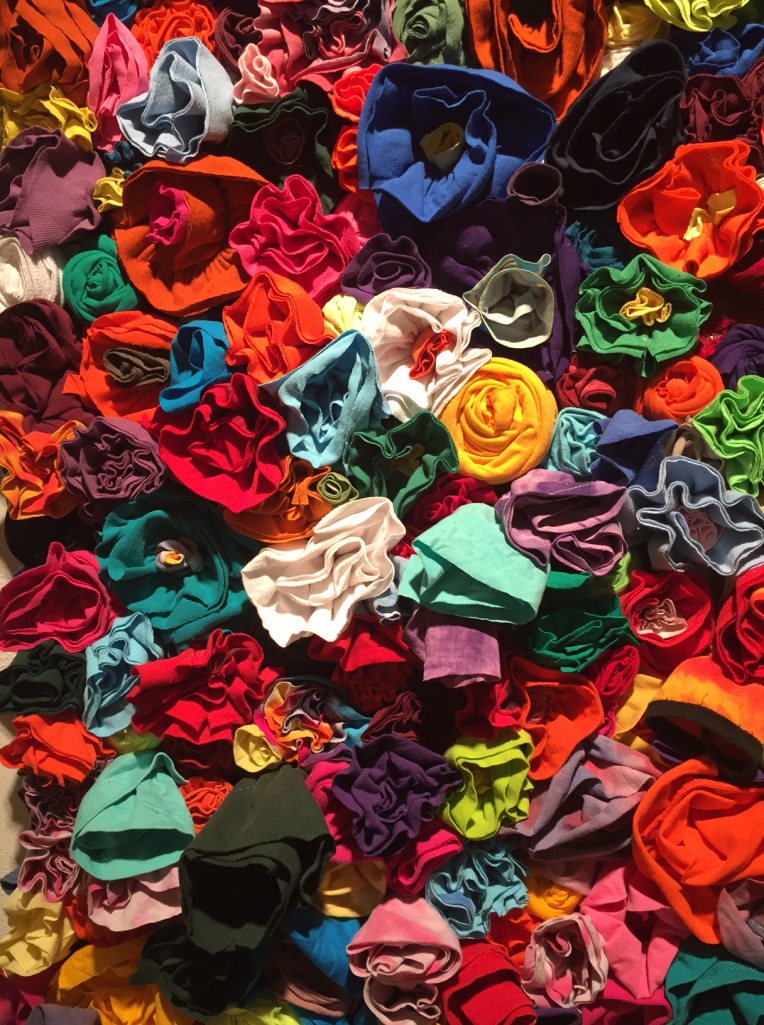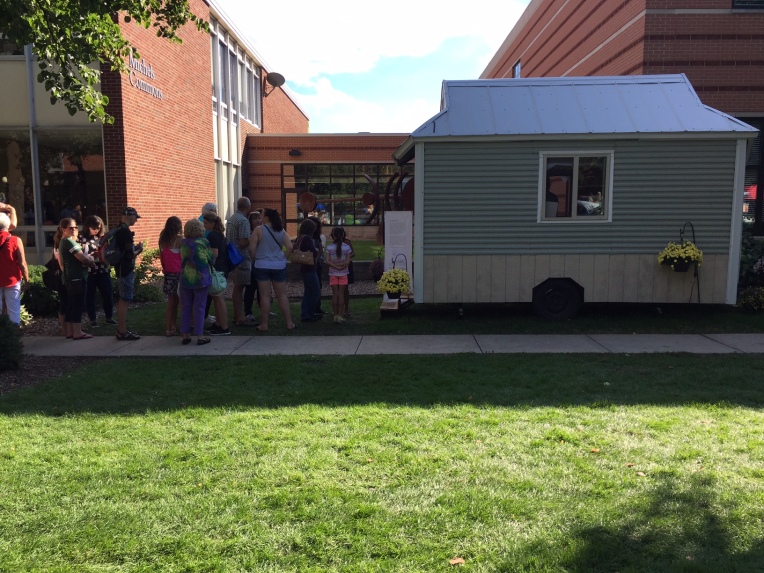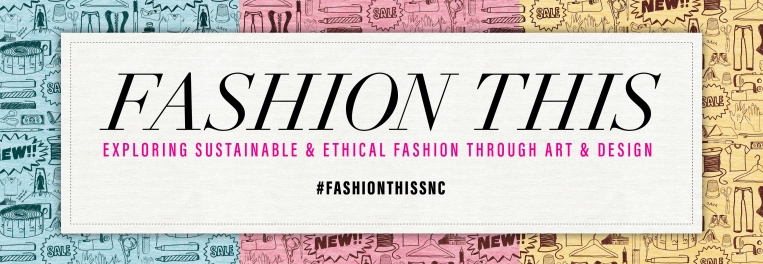There was much to see, learn, and make in the Bush Art Center on SNC Day this past Saturday! Here are a few highlights:


Visitors made flowers out of organic cotton and recycled t-shirt fabric. The project was inspired by a piece in the April Beiswenger: 1000 T-Shirt Project exhibit.


Rebecca Rutter, tiny house owner, designer and builder, gave tours of the house from 10:00 a.m. until 5:00 p.m. The house drew a lot of interest with steady waiting lines all day long. In case you missed it, there are three more days to tour the house! Open house hours are Wednesday, noon- 2 p.m., Thursday, noon-2 p.m. and Friday, 11:00-1:00 p.m., through Friday, Sept. 23.


On display throughout the day were, among other artworks, gorgeous hand-sewn garments by Alabama Chanin in the Shelter and Clothing exhibit and a map piece illustrating where t-shirts are made in the 1000 T-Shirt Project exhibit.



A lot of boot making fun happened in the critique studio. SNC students and alums helped visitors craft boot models and handed out screen prints. The project was designed by professor Katie Reis and student collaborator, Maria Deau.


Kids stopped in the Baer Gallery to draw their own tiny house designs.
Other events throughout the day included Art and Design lectures presented by Art professor, Fr. Jim Neilson and Theatre professor, April Beiswenger. Cheers to another great SNC Day!
